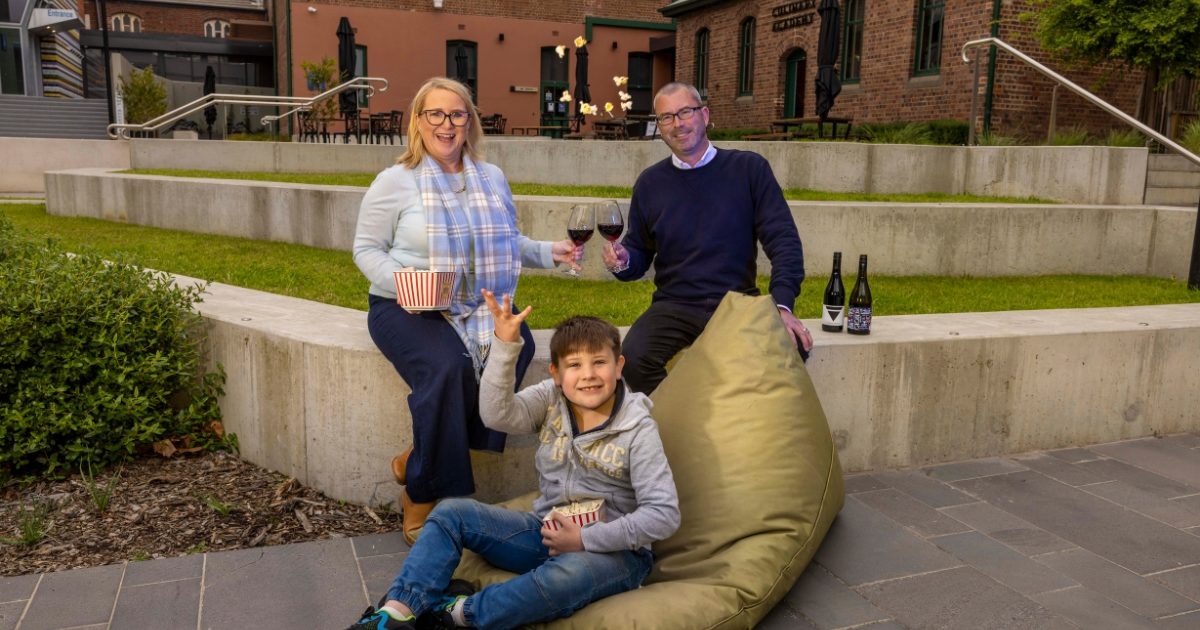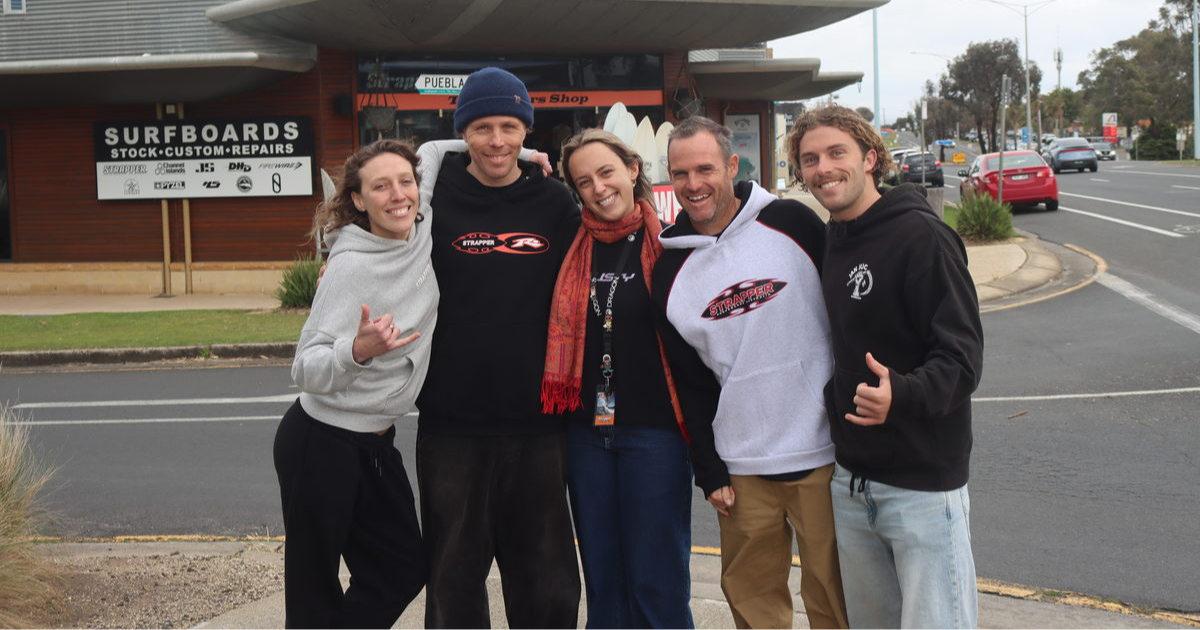Burns for strategic fuel breaks nearly completed

The planned burn around Aireys Inlet was completed in early May. Photo: FOREST FIRE MANAGEMENT VICTORIA
WORK to deliver new strategic fuel breaks around Lorne, Aireys Inlet and Anglesea and remove hazardous trees along the Great Ocean Road and Lorne-Deans Marsh Road are almost complete.
The new breaks are creating a ring of fuel-reduced land around the towns from where fire management activity can be undertaken, including back burning and planned burns.
They are in locations that will protect private property, significant transport routes and critical community infrastructure such as water and power supplies.
Beginning in December 2020, crews had completed about 80 per cent of the planned new fuel breaks by late April, with work finished around Anglesea, including north of the town along the Great Ocean Road itself.
Most of the work around Lorne, Aireys Inlet, Fairhaven and Moggs Creek is also complete.
Remaining locations include along the Great Ocean Road near the Fairhaven SLSC clubhouse. This work will be a very visible change to the landscape and will involve the use of specialised machinery, including a spider-excavator. Traffic management will be in place in the area including lane closures when required.
Removal of hazardous trees makes roads safer by reducing the risk of falling limbs that can block access for emergency services, residents and other road users during high winds, storms and bushfires.
Along Lorne-Deans Marsh Road, traffic management will also be in place when required, with delays of 10-15 minutes expected as lanes are closed for safety.
Forest Fire Management Victoria (FFMVic) and Regional Roads Victoria are working in partnership to deliver the bushfire management work.
The project is funded by the Victorian Government and is being delivered in partnership with the Surf Coast Shire Council, Regional Roads Victoria and the Country Fire Authority.
“No single action completely removes the risk of bushfires, but the breaks will mean these townships have a permanent fuel reduced ring around them, from where firefighters are better able to defend the town and conduct planned burning,” FFMVic Otways district manager David Roberts said.
“They have reduced fuel loads which removes the immediate radiant heat impacts and provide access and egress for emergency services.
“They also help recovery efforts by providing safer road access, meaning towns and businesses can get back on their feet quicker.
“We appreciate that this is significant change to the landscape and that the breaks look a bit rough now, but they will soften over time and be managed to be healthy open grassy or healthy woodlands with larger trees retained.”

















